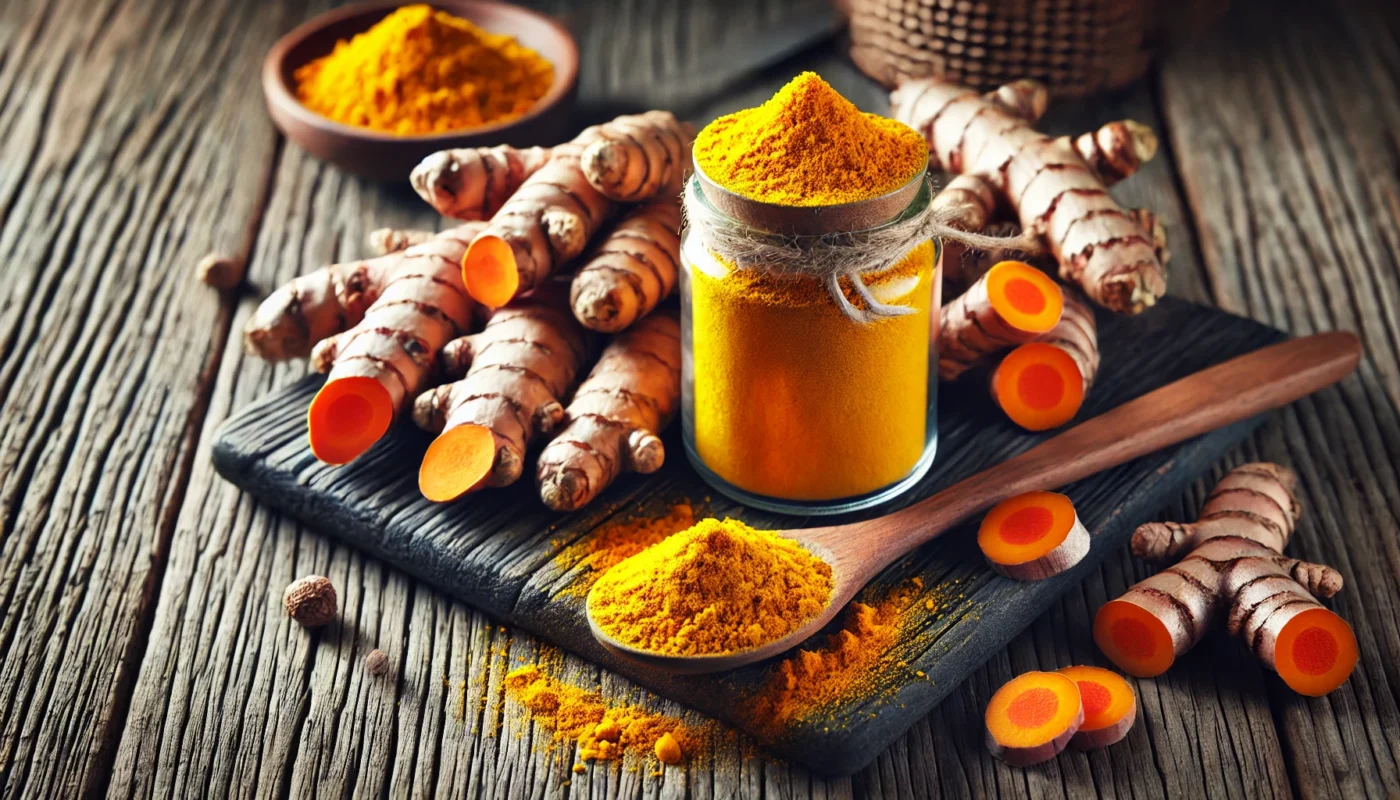Before exploring holistic approaches, it’s essential to understand what arthritis entails. Two common types are osteoarthritis (OA) and rheumatoid arthritis (RA). OA is a degenerative joint disease, while RA is an autoimmune disorder where the body’s immune system attacks its joints.
Tag Archives: Boswellia
Inflammation is your body’s response to injury or infection, a defense mechanism that helps the body heal and protect itself. However, when inflammation persists, it can contribute to chronic diseases like arthritis, heart disease, and even cancer. This ongoing inflammatory process can be detrimental, hence the importance of implementing strategies to manage and reduce inflammation effectively.
Inflammation is the body’s natural response to harmful stimuli, such as pathogens, damaged cells, or irritants. It is a complex biological response that involves the immune system, blood vessels, and various molecular mediators. The ultimate goal of inflammation is to eliminate the initial cause of cell injury, clear out necrotic cells and tissues, and initiate tissue repair.
When it comes to managing pain, many individuals instinctively reach for over-the-counter medications like Tylenol. However, if you’re exploring herbal remedies as effective Tylenol alternatives, you’re tapping into a world of natural solutions that have been used for centuries. These alternatives can offer relief without the side effects often associated with conventional painkillers. In this article, we delve into some potent herbal remedies that can serve as effective alternatives to Tylenol for managing various types of pain.
Inflammation is the body’s natural response to injury or infection. It serves as a protective mechanism, mobilizing the immune system to heal damaged tissue and ward off harmful pathogens. There are two types of inflammation: acute and chronic.
Immune inflammatory diseases represent a group of conditions where the immune system mistakenly attacks the body’s own tissues, leading to inflammation and tissue damage. This immune response, while intended to protect the body from harmful invaders, can become dysregulated, resulting in chronic inflammation and a host of health issues. Let’s explore the dynamics between inflammation and autoimmune diseases, a list of common chronic inflammatory diseases, and the multifaceted causes behind these conditions.
Joint health is a crucial aspect of overall wellness. It influences our mobility, fitness, and quality of life.
Yet, many of us struggle to understand how to effectively support our joints. This is where the concept of “joint food” comes into play.
Joint food, or joint food supplements, are products designed to nourish and support our joints. They contain specific ingredients aimed at promoting joint health and reducing discomfort.
But how do these supplements work? Are they safe? And how can they be integrated into a holistic health approach?
These are some of the questions we’ll explore in this article. Our goal is to provide you with a comprehensive understanding of joint food, backed by scientific research.
So, whether you’re a fitness enthusiast, a health enthusiast, or a medical patient, this article is designed to help you optimize your joint health and overall wellbeing.
Aspirin is a common household name. It’s a medication that many of us reach for when we’re dealing with a headache or a fever. But have you ever wondered what class of drugs aspirin belongs to?
The answer is that aspirin is a type of nonsteroidal anti-inflammatory drug, or NSAID for short. This group of drugs is known for its ability to reduce inflammation, pain, and fever.
But what does it mean for a drug to be an NSAID? And how does aspirin, as an NSAID, work in our bodies?
These are important questions, especially for those of us who are keen on understanding our health and wellness at a deeper level. Whether you’re a fitness enthusiast, a health enthusiast, or a medical patient, understanding the science behind common medications like aspirin can empower you to make informed decisions about your health.
In this article, we’ll delve into the world of NSAIDs. We’ll explore how these drugs work, their benefits, and potential side effects.
We’ll also provide practical advice on how to use these medications safely and effectively. So, whether you’re managing a health condition, recovering from an injury, or simply seeking to optimize your wellbeing, this article is for you.
Let’s start our journey by understanding what NSAIDs are and the role of aspirin as an NSAID.
Inflammation is a natural response of our bodies. It’s a defense mechanism against injury, infection, or disease. But when it becomes chronic, it can lead to serious health issues.
Nonsteroidal anti-inflammatory drugs, or NSAIDs, are commonly used to manage inflammation. They can provide relief from pain and swelling. However, they are not without their drawbacks.
Long-term use of synthetic NSAIDs can lead to side effects. These can range from stomach issues to cardiovascular problems. For some, these risks outweigh the benefits.
This is where natural NSAIDs come into play. They offer a safer, more holistic approach to managing inflammation. They can be derived from herbs, dietary supplements, or even certain foods.
Natural NSAIDs can offer the same anti-inflammatory benefits as their synthetic counterparts. But they do so without the associated risks. This makes them an attractive alternative for many.
In this article, we will delve into the world of natural NSAIDs. We will explore their benefits, potential side effects, and how they can be integrated into your health regimen.
We will also look at the scientific evidence supporting their use. This will help you make an informed decision about their suitability for your needs.
Whether you’re a fitness enthusiast, a health enthusiast, or a medical patient, this article is for you. It aims to provide a comprehensive understanding of natural NSAIDs and their role in health and wellness.
So, if you’re looking for a natural alternative to conventional NSAIDs, read on. This article will equip you with the knowledge you need to make the best choice for your health.
Remember, your health is your wealth. And understanding how to manage it naturally is a step in the right direction. Let’s embark on this journey together.









